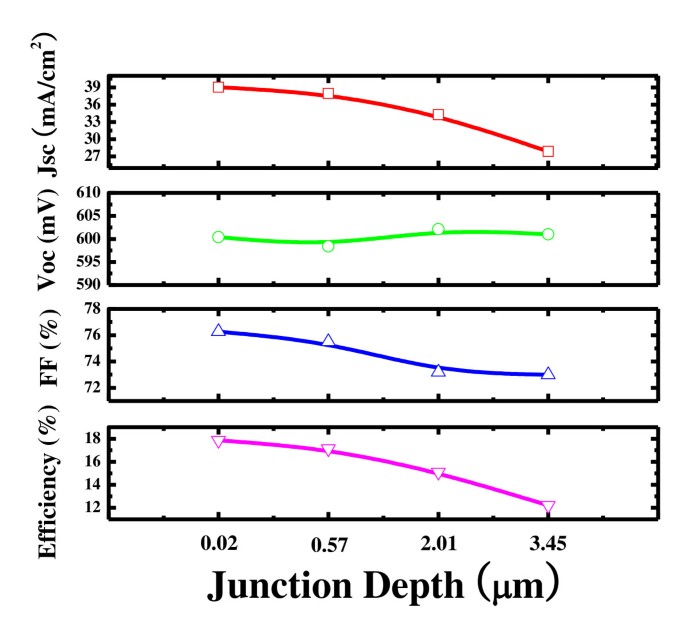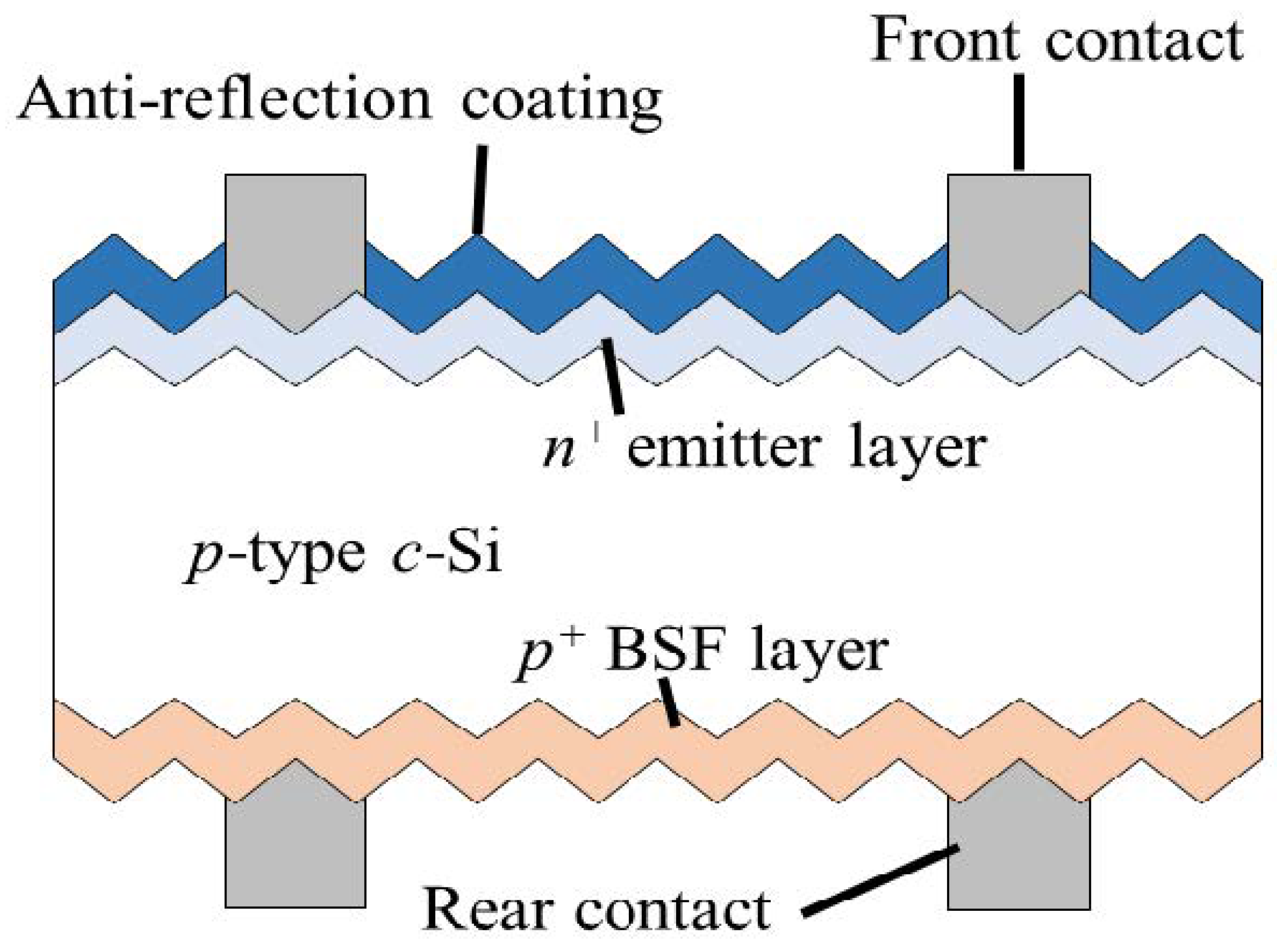

The I–V measurements were performed using a 1000 W Oriel solar simulator tuned to AM0 spectrum for p-i-n structures and to AM1.5G spectrum for the n-i-p structures. Solar cells were characterized by I–V measurements and external quantum efficiency (EQE) measurements.

The p-i-n structures were left uncoated while the n-i-p structures were also antireflection coated by e-beam evaporation of TiO 2/SiO 2 double layers to improve the characteristics of the cells. Solar cells were processed using a shadow mask and e-beam metallization. (b) The nominal layer structure for the single junction GaInNAs n-i-p solar cell.

Beryllium was used as a p-type dopant and silicon was used as an n-type dopant.įigure 1 (a) The nominal layer structure for the single junction GaInNAs p-i-n solar cell. The structure was finalized by growing a highly doped n +-GaAs contact layer. The emitter layer was made of 100 nm thick n-GaAs which was covered by a 20 nm thick AlInP window layer. This structure (see Figure 1b) was comprised of a 100 nm thick p-GaInP back surface field layer grown onto a thin p-GaAs buffer layer which was followed by a p-GaAs base layer and the GaInNAs i-region with y = 0.035 and corresponding E g = 0.947 eV. The second sample type was an n-i-p grown on a p-GaAs(100) substrate. Some samples were also subjected to rapid thermal annealing at 800 ∘C for 300 s prior processing into solar cells. The growth temperature was 440 ∘C and the As/III beam equivalent pressure (BEP) ratio for the growth of the GaInNAs layers was 10. For modeling purposes and performance analysis, a set of p-i-n GaInNAs structures were grown with different thicknesses ranging from 0.1 μm to 1.2 μm. The GaInNAs layer was placed between a 600 nm thick n-GaAs layer and a 300 nm thick p-GaAs layer and the whole structure was grown on an n-GaAs(100) substrate. The structure comprised an unintentionally doped Ga 1- xIn xN yAs 1- y i-region, denoted as GaInNAs from here on, lattice matched to GaAs with a N-composition of y = 0.02 and In composition x∼2.7y.

The first sample type was nominally a single junction GaInNAs p-i-n type solar cell shown in Figure 1a.
Solar cell efficiency pc1d cracker#
The dopants were introduced from standard dopant cells, group III elements from SUMO cells and group V elements from valved cracker sources except nitrogen which was brought to the system using a radio-frequency plasma source. The experimental samples were prepared by Veeco GEN20 molecular beam epitaxy (MBE) system. The effects of thermal annealing are also discussed. Here, we present a study for the simulation of single junction dilute nitride solar cells and extraction of useful physical parameters that can be used for simulation of high efficiency multi-junction cells. Although the potential of this approach has been validated experimentally, the connection between experimental results and simulation, in particular the reliable parameter extraction, has remained elusive. The use of 1 eV dilute nitride sub-junctions have been actively studied both experimentally and theoretically. This is due to their ability to increase the efficiency of solar cells used in terrestrial concentrator photovoltaics and space power systems. GaInNAs-based semiconductors, have drawn increased attention in the photovoltaics research community. It was also found that the GaInNAs lower doping levels in p-i-n solar cells grown at lowered As/III flux ratios were associated with increased carrier lifetimes. The PC1D modelling was found to work well also for GaInNAs p-i-n solar cells with opposite polarity. The change of doping type and the shift of the physical location of the pn-junction were confirmed by Kelvin-probe force microscopy. The model reveals that non-annealed MBE-grown GaInNAs material has an n-type doping that evolves to p-type upon rapid thermal annealing. Based on these, we have constructed a model that can explain the changes in short circuit current and open circuit voltage of n-i-p solar cells subjected to rapid thermal annealing. Using PC1D simulation and fitting to experimental current-voltage and external quantum efficiency data, we retrieve the phenomenological material parameters for GaInNAs solar cells. Parameter extraction procedure and simulation of dilute nitride solar cells are reported. *Corresponding Author: 5 November 2015 Accepted 3 June 2016 Publication 1 August 2016 Abstract Optoelectronics Research Centre, Tampere University of Technology, Korkeakoulunkatu 3, FI-33720 Tampere, Finland High Efficiency Dilute Nitride Solar Cells: Simulations Meet ExperimentsĪ.


 0 kommentar(er)
0 kommentar(er)
